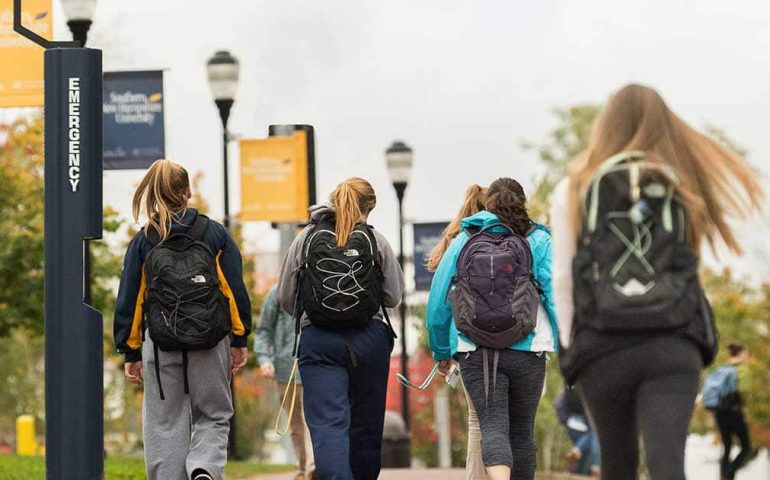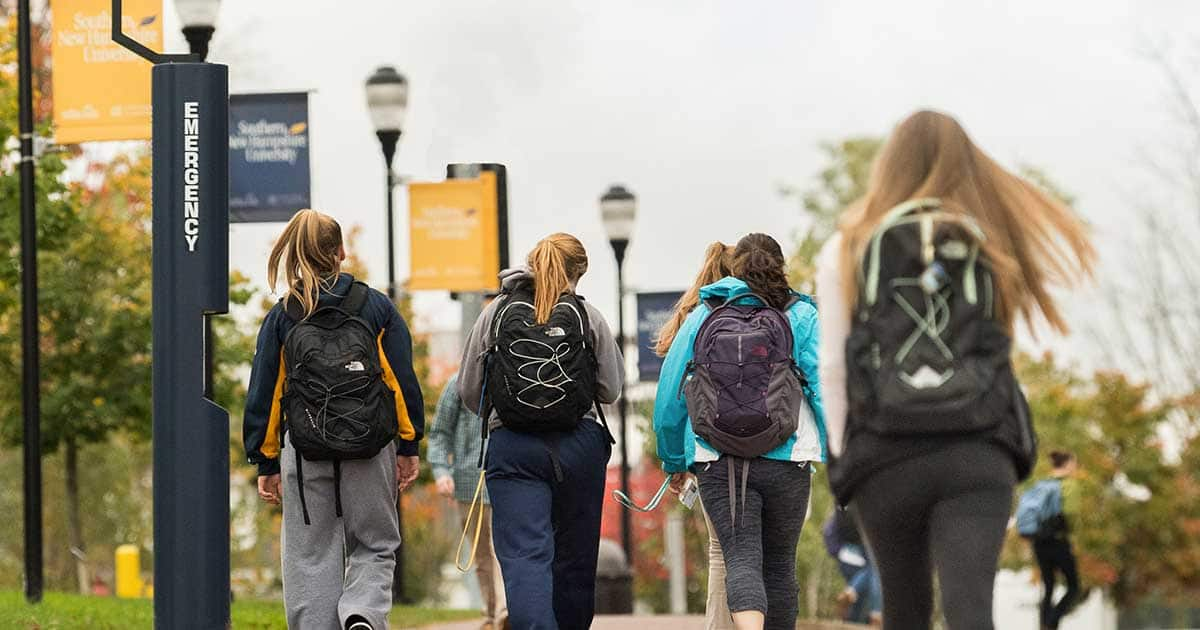Introduction
As American journalist and author Tom Brokaw once said, “It’s easy to make a buck. It’s a lot tougher to make a difference.” Similarly, ensuring your safety on and around campus requires thoughtful attention and proactive measures. This article aims to provide valuable tips and strategies to help college students stay safe in their new environments, both on campus and beyond.
1. Understanding Campus Safety Resources
One of the first steps to staying safe on campus is familiarizing yourself with the available resources and support services.
Example: Many colleges offer campus police or public safety departments that provide 24/7 assistance and emergency response. Additionally, counseling centers and campus wellness programs can offer support for mental health and well-being.
2. Buddy System and Group Activities
The adage “safety in numbers” holds true on college campuses. When going out at night or in unfamiliar areas, consider using the buddy system.
Example: Walking to the library or a nearby restaurant with a friend or joining a group activity reduces the risk of potential dangers.
3. Utilizing Safety Apps and Technology
In today’s digital age, there are numerous safety apps and technologies that can enhance personal safety.
Example: Safety apps like “Circle of 6” allow you to choose six trusted contacts to easily reach out to in case of an emergency. Moreover, campus alert systems can provide real-time notifications about potential safety threats on campus.
4. Securing Your Living Space
Whether living in a dormitory or off-campus housing, securing your living space is essential for personal safety.
Example: Lock your doors and windows when you leave your room or apartment. Additionally, consider investing in a small safe to store valuable items.
5. Being Mindful of Alcohol Consumption
Alcohol consumption is often part of college culture, but it’s crucial to do so responsibly and mindfully.
Example: Excessive alcohol consumption can impair judgment and increase vulnerability. Make sure to know your limits and avoid leaving drinks unattended.
6. Knowing Emergency Procedures
Familiarize yourself with emergency procedures and evacuation plans on campus.
Example: Attend orientation sessions or campus safety workshops to understand how to respond to fire alarms, severe weather warnings, and other emergency situations.
7. Taking Precautions Off-Campus
Safety extends beyond campus boundaries, especially when exploring new areas in the surrounding community.
Example: When going off-campus, inform someone you trust about your whereabouts and expected return time. Use well-lit and busy streets and consider using rideshare services when needed.
8. Trusting Your Instincts
As American author Maya Angelou once said, “I’ve learned that people will forget what you said, people will forget what you did, but people will never forget how you made them feel.” Trust your instincts when it comes to personal safety.
Example: If you feel uncomfortable or unsafe in a situation, remove yourself from it and seek assistance if necessary.
Conclusion
Personal safety is of paramount importance for college students as they embark on their academic journeys. As you navigate campus life and explore the surrounding community, remember the words of American philosopher and psychologist William James, “Act as if what you do makes a difference. It does.” Taking proactive measures, being aware of your surroundings, and utilizing available resources can make a significant difference in ensuring your safety and well-being on and around campus. By staying informed, making responsible choices, and trusting your instincts, you can create a safe and empowering college experience.











